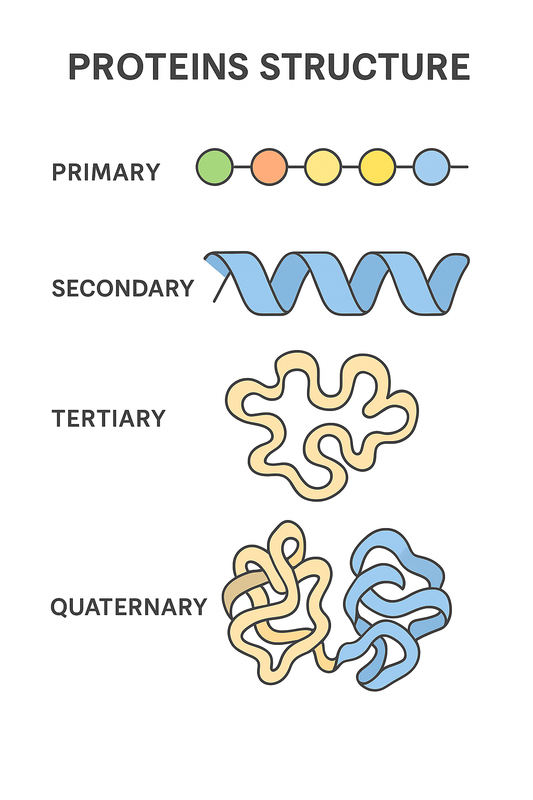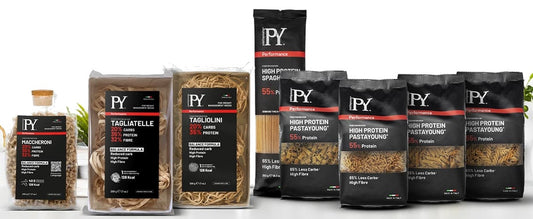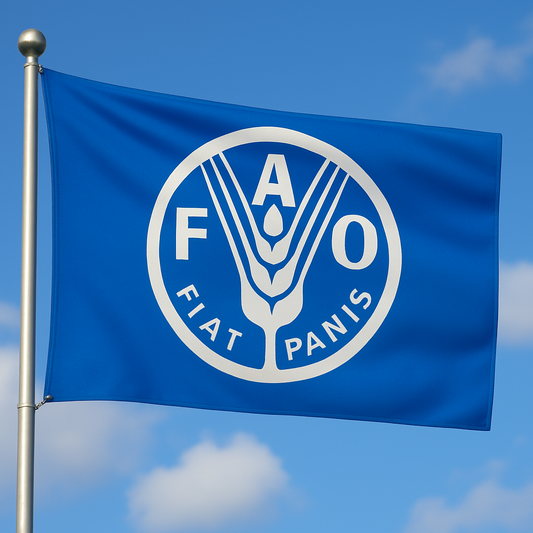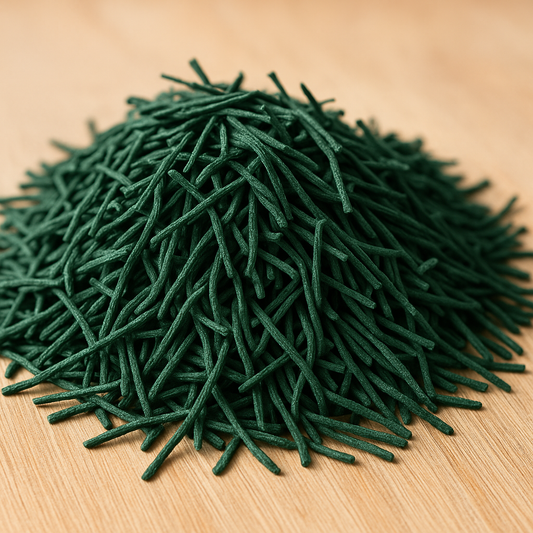
Vitamin D in edible insects
Share
Edible insects such as crickets, mealworms and grasshoppers have been promoted as an interesting source of protein for the last few years.
Since 2011, the FAO stated that insects with their nutritional and environmental benefits could be a solution for today’s and tomorrow’s global food issue. The insects farmed in Western countries such as mealworms, crickets, buffalo worms and grasshoppers are not only high in proteins, they also contain healthy fatty acids, minerals and vitamins.
As an example, crickets and grasshoppers contain omega 3, mealworms are high in zinc, magnesium and contain B vitamins. That’s not all; the Dutch scientist Dennis Oonincx presented some early promising results of his research during the conference « Insects to feed the world»; edible insects could be a source of vitamin D.
What is vitamin D?
Vitamin D is a fat-soluble vitamin that serves many functions and also acts as a hormone. It helps increase calcium, magnesium and phosphate absorption and is involved in the bone mineralisation and muscle contraction. It also presents some benefits for the reduction of osteoporosis. For an extended period, we thought that calcium was the main compound that was responsible for our bone mineralisation, but last studies showed that vitamin D which increase calcium absorption is also essential.
Why it is essential that insects contain vitamin D?
The vitamin D presents some unique features. Like all vitamins, it’s an essential and indispensable compound that needs to be absorbed by our body. As a fat-soluble vitamin, it can be stored in our body, so we don’t need to absorb it every day even if a single dose has shown some adverse effects. The specificity of vitamin D is how we obtain it. Whereas other nutrients are brought by the food we eat, vitamin D is mainly synthesised when we are exposed to sunlight. Only a few foods contain a significant amount of this vitamin; these food are fatty fish such as salmon and mackerel and egg yolks. Some population are more at risk of vitamin D deficiency: people with dark skin, people covered with clothes all year round and people living in countries with low sun exposure. As we spend more and more time inside, many health organisation recommended that all people living in a temperate climate should take vitamin D supplement from October to May. Therefore a new food source high in vitamin D could present some real benefits.

Do insects contain vitamin D?
Most vertebrates can synthesise vitamin when they are exposed to UV light. This experience was never tested on insects until this day. The team of Dutch scientists examined how mealworms, black soldier fly larvae and crickets reacted when exposed under UV light. The results are promising, when exposed under UV lights mealworms contain as much as vitamin D as mackerel, one of the highest source. Therefore mealworms are now one of the few and best source of this essential vitamin. These results are exciting because insect breeders could put insects under UV light before harvesting to enrich them in this vital nutrient. Just as every discovery; this lead to more questions and research; how insects can synthesise this vitamin? Which species of insects are the highest source? Which kind of vitamin D is present in insects? With the publication of this first study, some early questions will be clarified.
Most vertebrates can synthesise vitamin when they are exposed to UV light. This experience was never tested on insects until this day. The team of Dutch scientists examined how mealworms, black soldier fly larvae and crickets reacted when exposed under UV light. The results are promising, when exposed under UV lights mealworms contain as much as vitamin D as mackerel, one of the highest source. Therefore mealworms are now one of the few and best source of this essential vitamin. These results are exciting because insect breeders could put insects under UV light before harvesting to enrich them in this vital nutrient. Just as every discovery; this lead to more questions and research; how insects can synthesise this vitamin? Which species of insects are the highest source? Which kind of vitamin D is present in insects? With the publication of this first study, some early questions will be clarified.
This new finding proved that the best of edible insects is still to come.
Florian Nock - Jimini's
Resource:
The effect of vitamin D on bone and osteoporosis - Lips (2011) Best Pract Res Clin Endocrinol Metab. 2011 Aug;25(4):585-91.
Can insects synthesise vitamin D after exposure to ultraviolet light? - D.G.A.B. Oonincx (2018) Journal of insects as food and feed 4 supplement 1
Can insects synthesise vitamin D after exposure to ultraviolet light? - D.G.A.B. Oonincx (2018) Journal of insects as food and feed 4 supplement 1




